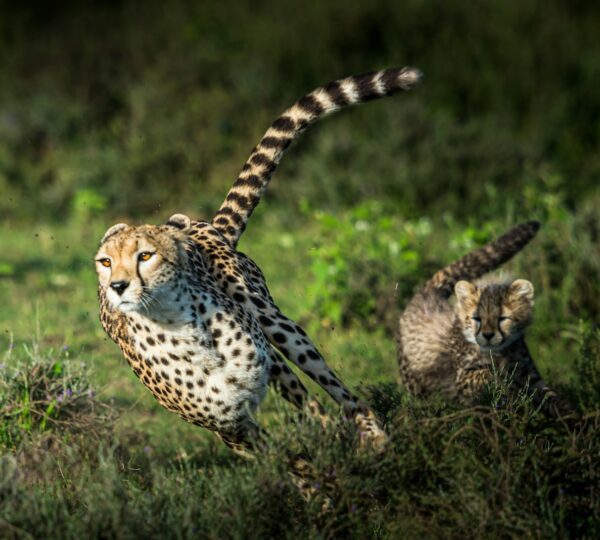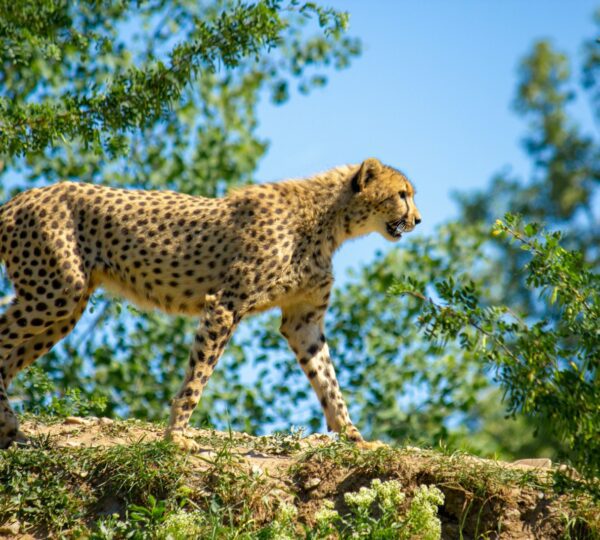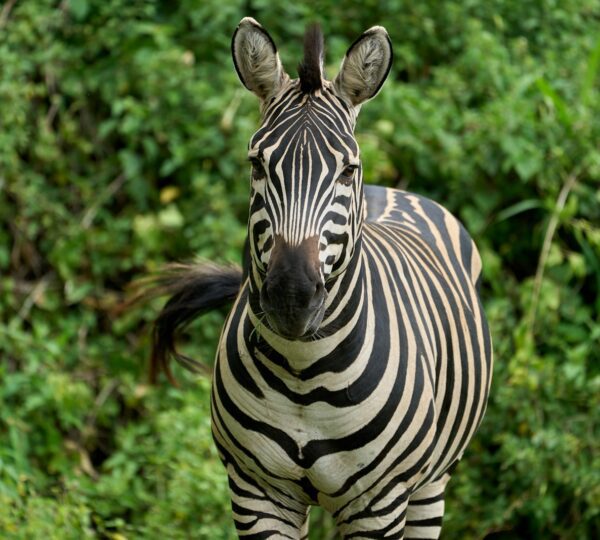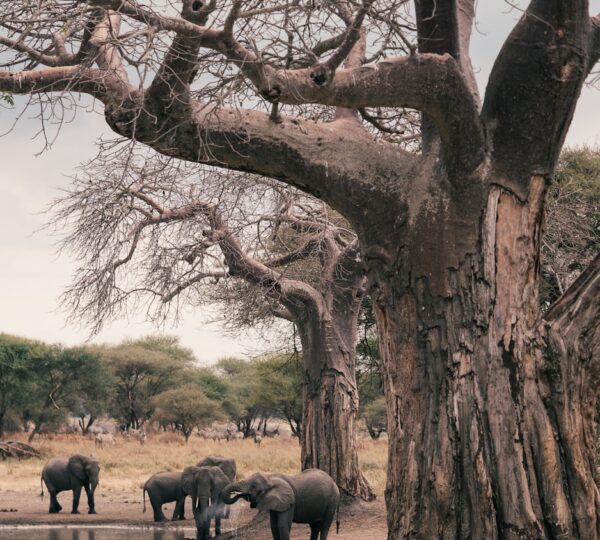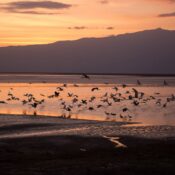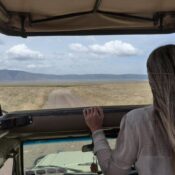3-Day Tarangire, Ngorongoro & Lake Manyara Safari
Tour Overview
Tanzania’s northern safari circuit offers some of Africa’s most spectacular wildlife encounters, and this carefully crafted 3-day expedition provides the perfect introduction to the country’s breathtaking natural wonders. Designed for travelers with limited time who don’t want to compromise on authentic safari experiences, this journey takes you through three distinct ecosystems – the elephant paradise of Tarangire, the wildlife-rich Ngorongoro Crater, and the birdwatcher’s haven of Lake Manyara.
What sets this safari apart is its perfect balance between adventure and comfort. Each day brings new landscapes to explore and wildlife to discover, while evenings are spent relaxing in carefully selected lodges that blend seamlessly with their natural surroundings. The itinerary maximizes your time in the parks during peak wildlife activity periods while minimizing unnecessary travel time between destinations.
Included/Exclude
- Entrance fees into all Tanzania National Parks.
- Arrival and Departure Transfer: TO/FROM Kilimanjaro International Airport
- 4X4 Custom built – Toyota Land Cruiser with Popup roof, Opening sliding windows, Seat belts, Heavy duty wheels, and Extra fuel tank. Refrigerator for cooling drinks, one pair of binoculars per couple, Eco friendly trash bag. Charging outlets Type G Plug for charging cameras and smart phones.
- Professional, English-Speaking Driver guide. A Friendly, Experienced and Passionate Driver Guide expert at a wide variety of skills: Flora and Fauna, Tanzania’s cultural and natural history.
- Drinks at the lodges/tented Camps: All kinds of alcoholic and soft drinks at the lodges/tented camps are not included.
- Internal and International flights
- Tips and gratitudes for drivers and guides
- Travel & Health Insurance :The trip cost excludes travel and health insurance which is essential.
- Any Changes done by you: The trip excludes changes done by you during safari or before safari which deviates from the original program.
- Laundry Service: If you require to launder your clothes while on your safari, then you will need to pay an amount that the accommodation charges as per their rate sheet.
- Post Night Accommodation in Arusha: This tour ends at Arusha at 17:00hrs, you can only depart the following day if you have booked a domestic flight which departs from Kilimanjaro International Airport at 07:10hrs and onwards or an international flight which departs at 06:40hrs and onwards. Thus, you will need to book an extra night’s accommodation (not included in the tour price) and depart the following day. Please contact us for details.
Day by Day
As the morning sun casts golden light across the Tanzanian landscape, your adventure begins with a scenic drive from Arusha to Tarangire National Park. The transition from urban to wilderness is gradual but dramatic, with the road passing through Maasai villages and vast savannahs that hint at the wonders to come.
Tarangire's landscape is unlike any other in Tanzania. Ancient baobab trees, some over a thousand years old, stand like sentinels across the park, their massive trunks and spindly branches creating an almost surreal atmosphere. These "upside-down trees" serve as landmarks for both wildlife and visitors, often providing shade for resting lions or perches for vigilant leopards.
The park's real claim to fame, however, is its elephant population. Tarangire boasts one of the highest concentrations of elephants in East Africa, with herds sometimes numbering in the hundreds. Watching these majestic creatures interact – babies play-fighting under their mothers' watchful eyes, bulls testing their strength in mock battles, and the entire family moving with surprising grace despite their size – is an unforgettable experience.
Your game drive follows the Tarangire River, the lifeblood of the park during the dry season when animals congregate along its banks. This is prime viewing territory for predators and prey alike. You might spot a pride of lions lounging in the shade, their bellies full from a recent hunt, while nearby impalas remain alert for any sign of danger. The river also attracts numerous bird species, from colorful bee-eaters to massive ground hornbills.
As midday approaches, your guide selects the perfect spot for a picnic lunch – perhaps under the spreading branches of a sausage tree with a view of elephants drinking at a nearby waterhole. The afternoon game drive reveals different aspects of the park's ecosystem, from the open grasslands favored by cheetahs to the dense thickets where leopards prefer to hide.
As the sun begins its descent, you'll make your way to your lodge for the night. The transition from wilderness to comfort is seamless, with many lodges designed to blend into their surroundings. After a hot shower and perhaps a sundowner by the fire, dinner features a mix of international and Tanzanian cuisine, with fresh ingredients and flavors that reflect the region's culinary traditions.
An early start rewards you with one of Africa's most breathtaking sights – your first view of Ngorongoro Crater at dawn. As the morning mist lifts, the vast caldera reveals itself, its floor teeming with wildlife visible even from the rim. This UNESCO World Heritage Site is often described as a "Garden of Eden" for its remarkable concentration of animals in a relatively small area.
The descent into the crater is an adventure in itself, with the road winding down through lush forests that suddenly give way to open grasslands. The change in ecosystems is dramatic and immediate, with each habitat supporting different wildlife communities. The crater's permanent water sources ensure animals remain here year-round, making wildlife viewing exceptionally reliable.
Your first sighting might be of massive buffalo herds grazing near a marsh, their dark forms contrasting with the golden grass. Nearby, golden jackals patrol for opportunities, while a family of warthogs trots by with tails held high. The crater's open plains make it ideal for spotting predators – lions are particularly common here, often seen resting after a night of hunting or teaching their cubs essential skills.
One of Ngorongoro's most special residents is the endangered black rhino. While sightings are never guaranteed, the crater offers one of your best chances to see these prehistoric-looking creatures in Tanzania. Conservation efforts have helped maintain a stable population here, and seeing one of these rare animals in the wild is a privilege few forget.
Lunchtime brings you to one of the crater's picturesque picnic spots, often near a hippo pool where these massive creatures grunt and splash. After lunch, your exploration continues to different areas of the crater – perhaps the Lerai Forest where elephants browse, or the shores of Lake Magadi with its flocks of flamingos that create living pink carpets across the water's surface.
As afternoon shadows lengthen, you'll ascend the crater walls, stopping at viewpoints to take in the breathtaking panorama one last time. Your evening accommodation near Karatu offers a welcome respite, with comfortable amenities and perhaps a swimming pool to relax in before another delicious dinner.
Your final safari day begins with a scenic drive to Lake Manyara National Park, a relatively small but incredibly diverse protected area at the base of the Great Rift Valley escarpment. The park's compact size belies its remarkable variety of habitats – from dense groundwater forest to open grassy plains and the expansive alkaline lake that gives the park its name.
Lake Manyara is famous for its tree-climbing lions, a behavior rarely seen elsewhere in Africa. While not guaranteed, spotting these big cats lounging on acacia branches like oversized housecats is a special treat. The park's lions have adapted to spending time in trees, possibly to escape biting insects on the ground or to take advantage of cooling breezes.
The groundwater forest is another highlight, with towering mahogany and fig trees creating a cool, green world quite different from the open savannah of other parks. This is prime habitat for troops of olive baboons and blue monkeys, while lucky visitors might spot a shy bushbuck or the park's sizable elephant population moving quietly through the trees.
As you approach the lakeshore, the landscape opens up dramatically. During the wet season, the lake can attract thousands of flamingos that create a living pink haze across the water. Even in drier periods, the lake remains an important habitat for numerous waterbirds – pelicans, storks, herons, and many others. Hippos wallow in permanent pools, while large monitor lizards sun themselves on exposed rocks.
Your final game drive concludes with lunch at a scenic spot, perhaps with views of the Rift Valley escarpment towering above. As you begin your journey back to Arusha, there's time to reflect on the incredible diversity you've experienced in just three days – from Tarangire's elephant herds to Ngorongoro's crater wildlife and Manyara's unique tree-climbing predators.

